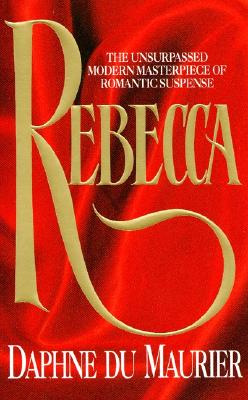Intertextuality
is prevalent in many literary works. One example of intertextuality I found was
in Daphne duMaurier’s, Rebecca, and Charlotte Bronte’s Jane Eyre. In both of these stories, there is a rich,
educated and refined gentleman who travels quite frequently, as the main
character. Both of these men carry deep,
dark secrets that ultimately lead to their ruin. Additionally, the heroine of
both stories are poor and are mistreated by the person they are entrusted to,
Jane Eyre by her aunt and the heroine in Rebecca, by her employer, Mrs. Van
Hopper. The settings are very similar in the sense that they take place in a
large mansion where mysterious events take place. This is where the discovery
of the interrelationship between these two stories comes to the attention of
the reader. Both have very controlling
housekeepers that make the heroines feel inept and uncomfortable in the home.
The stories are both similar in that there is a restricted area in the
house. In Rebecca, the restricted
area is the bedroom Rebecca slept in before she was murdered. In Jane Eyre,
it is the third floor where the first wife is kept in the Thornfield mansion.
As
the stories unfold, it becomes apparent that the main character in both stories
has or had a first wife that was evil and adulterous. This results in the main characters’ actions
becoming their downfall and leading to the destruction of their futures. As we see in Rebecca, Mr. Maxim
DeWinter is haunted by the memory of his killing of his wife and sinking the
boat with her body in it. The burden of carrying this secret and the discovery
of the boat lead him to tell Mrs. DeWinter the truth. In Jane Eyre, the discovery of the
insane woman in the attic who is actually Mr. Rochester’s wife, leads to grief
and misery for both the heroine and the main character. Ultimately, the intertextuality
between these two stories is apparent in the setting, the main characters, and
heroines and allows for a deeper understanding of the stories.
 |
| From Word Press |
Although I am not familiar with either of these books, you present compelling examples of the intertextuality between them. However, it would be helpful to the reader to know how the intertextuality, conversation between these texts, influenced how the reader felt about the subject matter. Did these books utilize the same plot for different purposes or were they just meant to be a typical Romantic suspense novel?
ReplyDeleteI read Jane Eyre a few years ago and but had all but forgotten poor Jane until last night when I watched Cary Joji Fukunaga's 2011 film adaptation of the story. If you haven't yet, I highly recommend seeing it; it's currently streaming on HBOgo. Anyway, I haven't read Rebecca, but by the way that you have described it, I definitely think you're right in saying that duMaurier based her story on Bronte's. Just out of curiosity, what period of time is Rebecca set? Because I would imagine that reading a more modern version of a similar story would allow you to further empathize with the characters in Jane Eyre.
ReplyDeleteBoth stories used the same plot to emphasis personal torture and the ripple effect when harboring a dark secret. The plot also emphasises that not everything is as it seems on the serface.
ReplyDelete